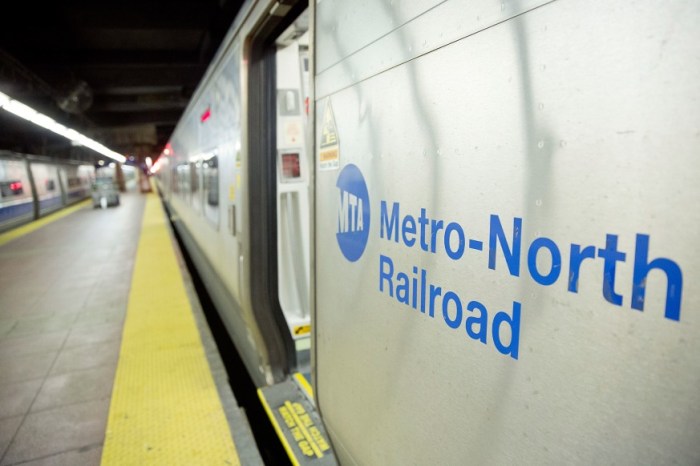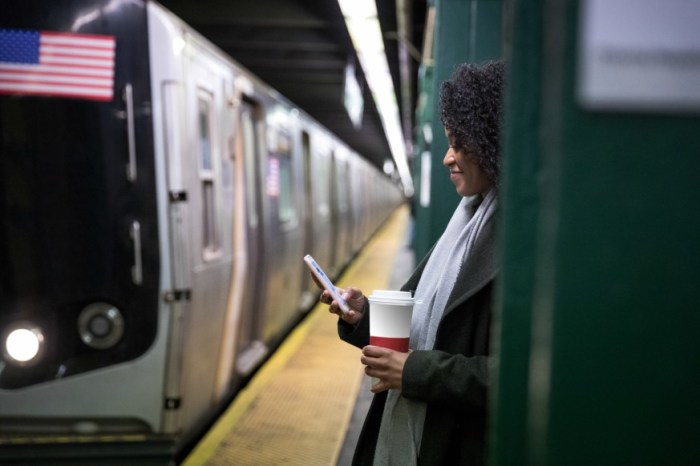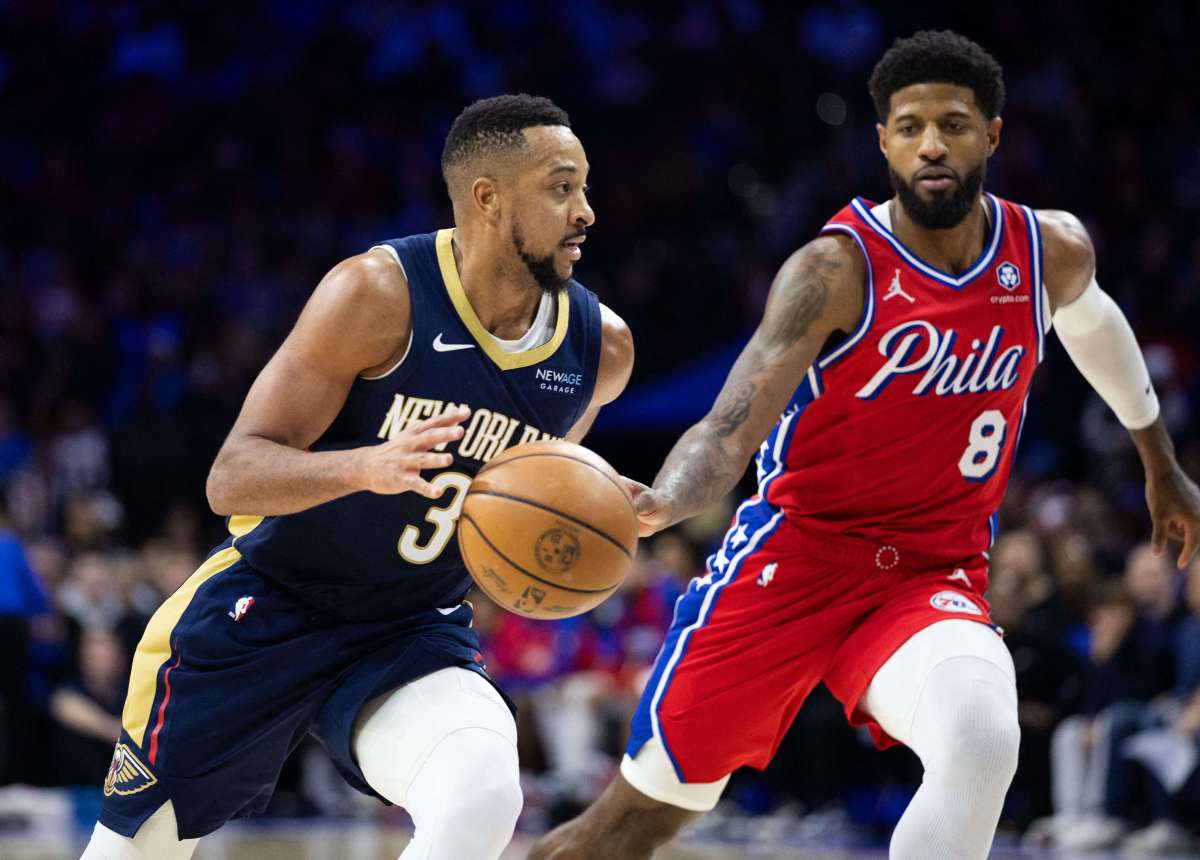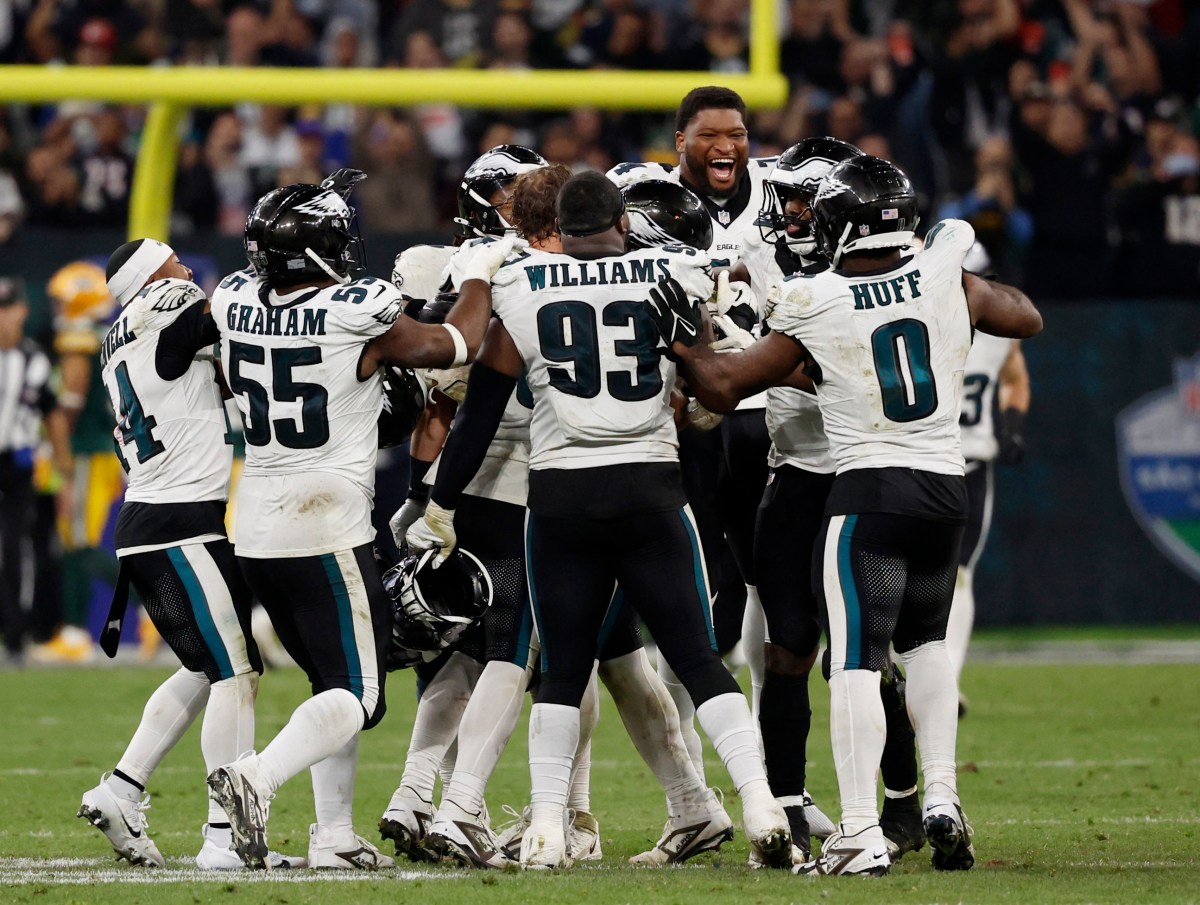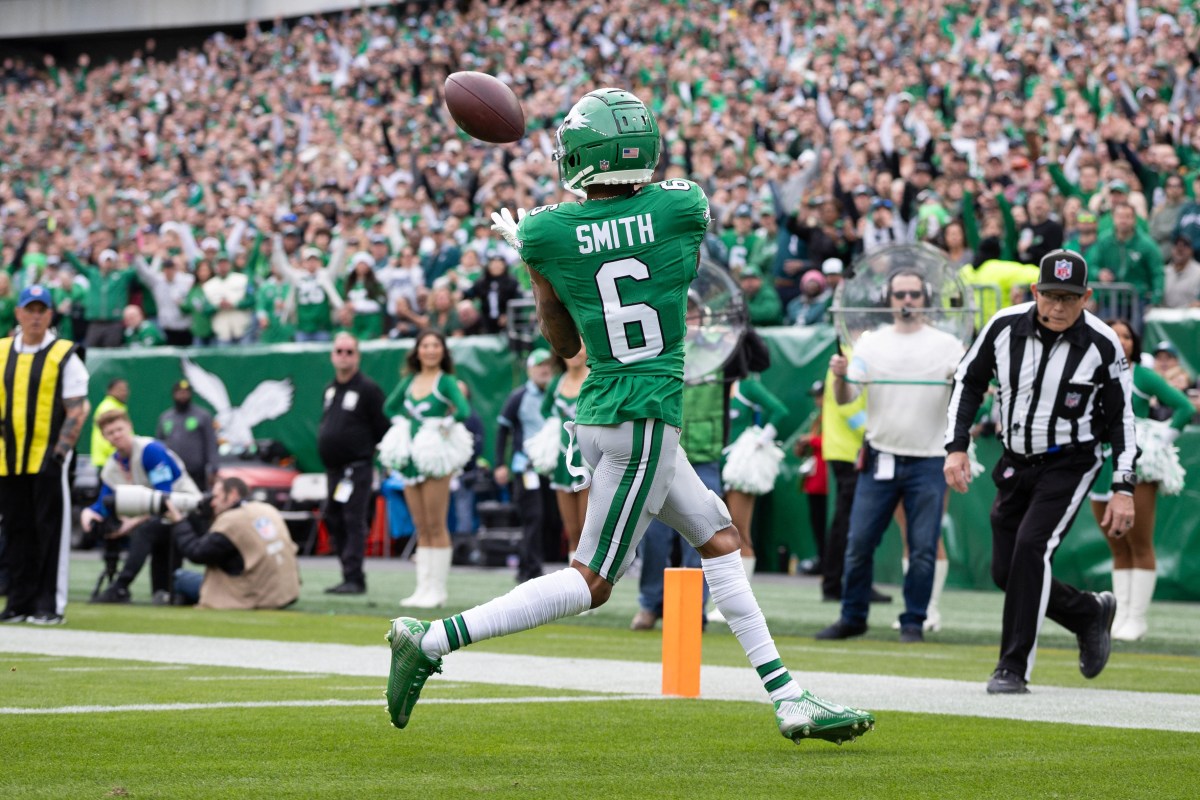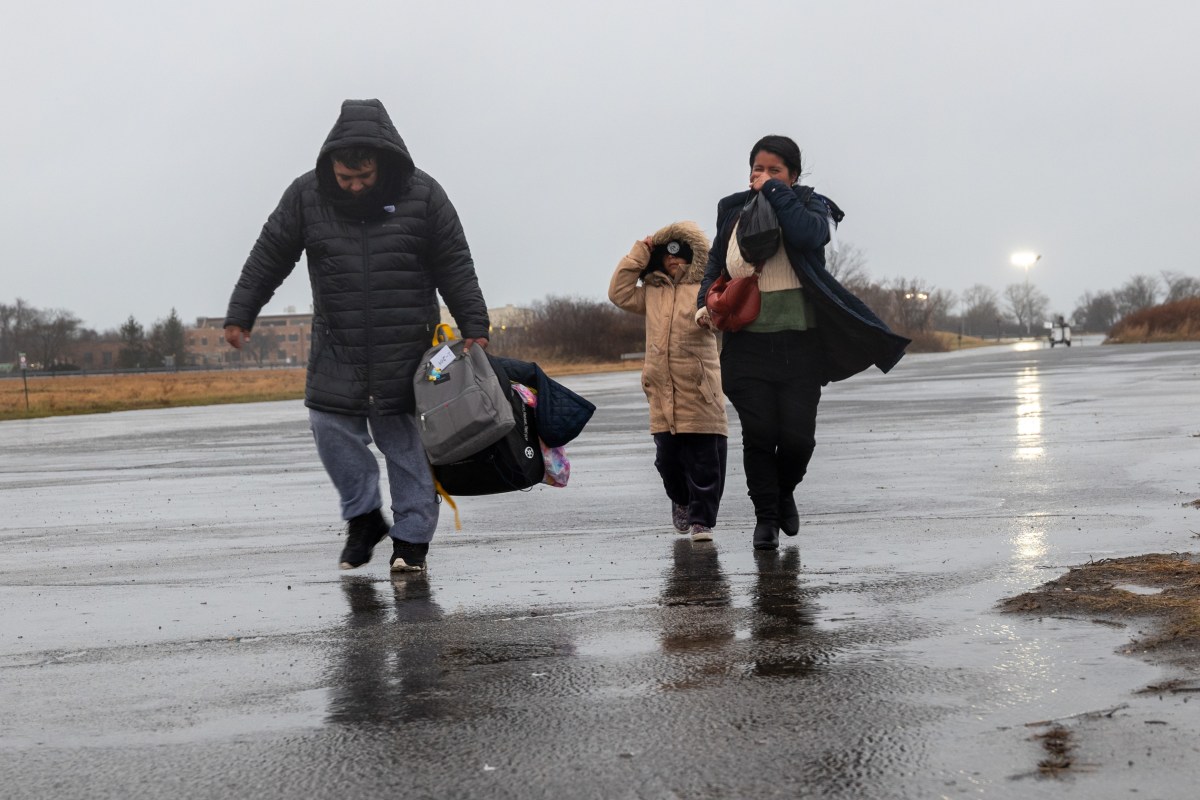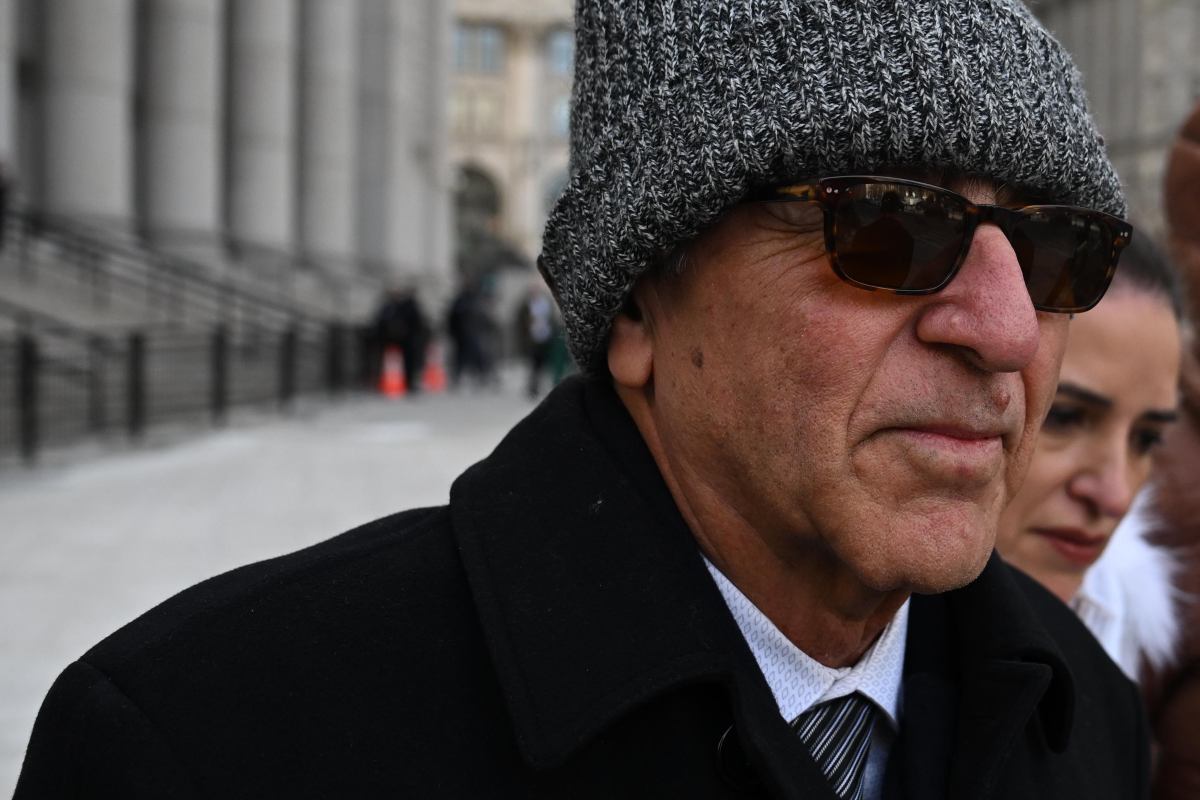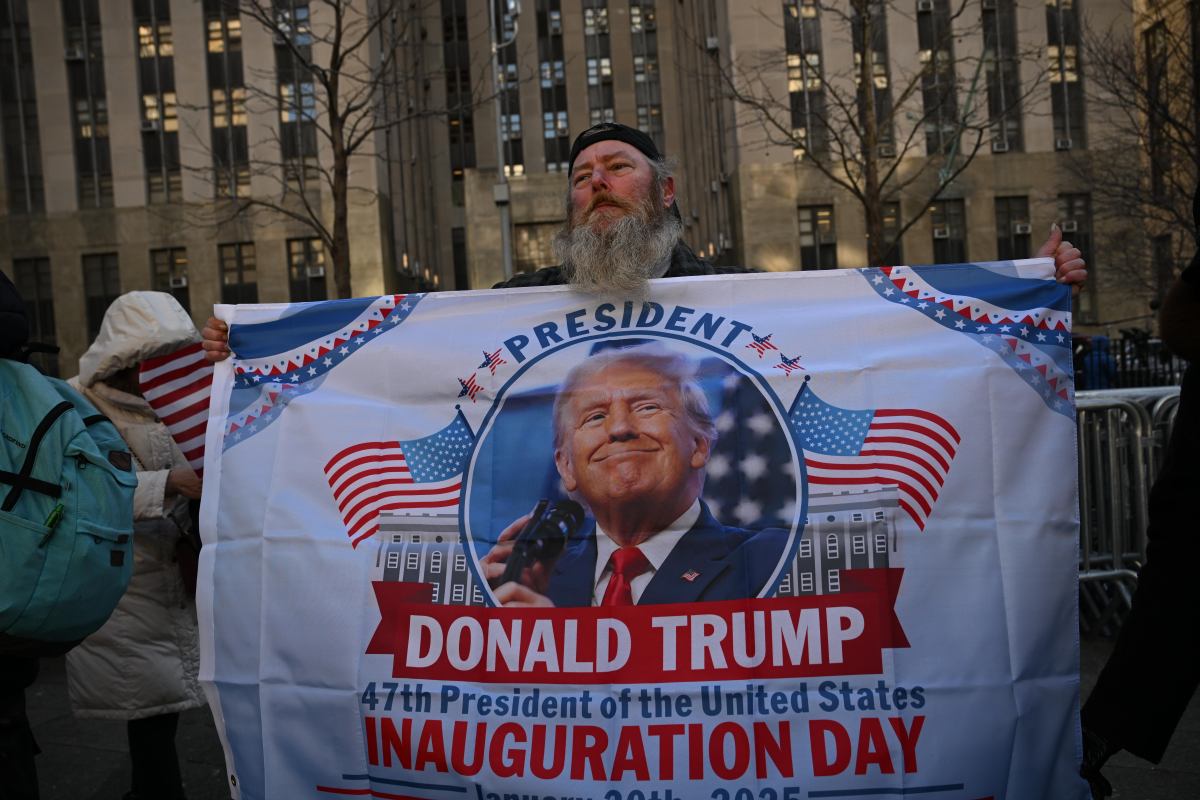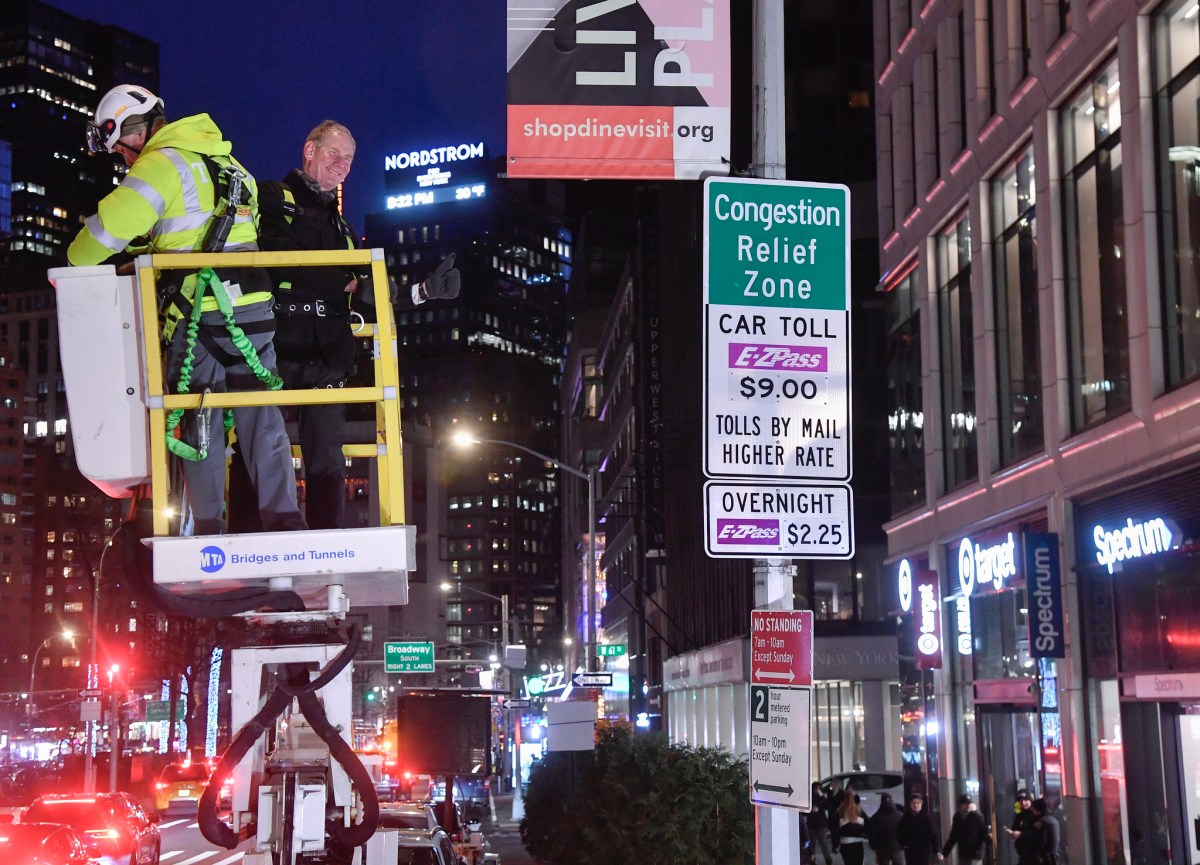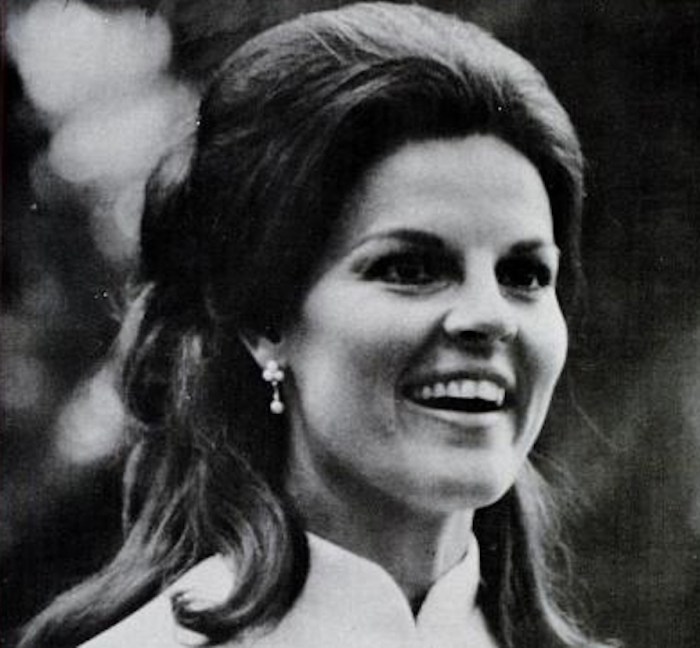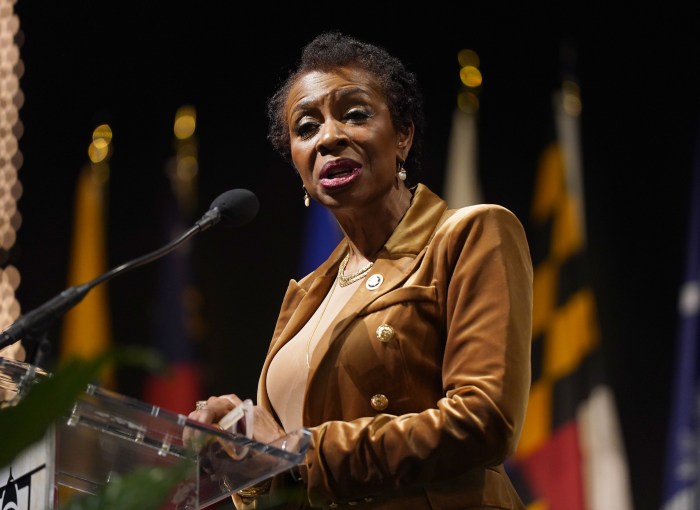If you’re one of the more than 2.5 million New Yorkers who rely on the city’s bus service, the good news is improvements are coming, Mayor Bill de Blasio announced Friday. There is a catch, though: They’ll be rolled out over the course of the next 10 years.
The city is planning to expand its Select Bus Service (SBS) and upgrade more than 21 new routes over the coming decade, allowing the buses to serve 500,000 more riders.
The announcement came just a day after union officials and bus drivers rallied outside the MTA’s headquarters to call for all-door boarding on all city buses, which is currently only available on SBS buses.
“With even more Select Bus Service routes coming on-line in the years ahead and a commitment to bring SBS-style treatments to other routes, more communities in every borough will see their bus service improve,” de Blasio said. “These improvements have been proven effective, by reducing travel time, increasing bus reliability and helping us meet the goals of major initiatives — both for a safer city under Vision Zero and a more equitable one under OneNYC.”
Twelve percent of bus rides are taken on the existing 14 SBS routes, and with the coming expansion, officials expect that ridership to rise to 30 percent, roughly one in three passengers.
“Buses are notoriously slow and unreliable, and the consequences are severe: When we surveyed bus riders this summer, we heard from people who missed work, lost wages and sometimes even lost jobs because of poor bus service,” said John Raskin, executive director of Riders Alliance. “But Select Bus Service works: Riders know it from experience, and the data shows it’s true. It’s time to apply lessons from the successful Select Bus Service experiment to the rest of the city.”
To that end, the coming improvements, which will be a joint effort between the MTA and the city’s Department of Transportation, will focus on these corridors:
• The Bronx
Broadway to Central Bronx; Gun Hill Road; University Avenue; Tremont Avenue; Harlem to Southern Boulevard; Soundview to Washington Heights
• Brooklyn
Church Avenue; South Brooklyn East-West; Downtown Brooklyn to Ridgewood; Brooklyn Access to JFK; Flatbush Avenue
• Manhattan
Manhattan crosstown routes
• Queens
Ridgewood to Flushing; Flushing to Springfield Boulevard; Hillside Avenue; Union Turnpike; Northern Boulevard; Southeast Queens; Jamaica to Flushing via Kissena Boulevard; Queens Access to JFK
• Staten Island
North Shore
As part of the initiative, two or three of these corridors will be added each year.
SBS began in 2008 on the Fordham Road Bx12 route in the Bronx. In the past three years, SBS has grown from six routes to the current 14, and at least two more are planned within the next 12 months to Woodhaven/Cross Bay Boulevard in Queens and Flatlands Avenue/Kings Highway in Brooklyn.
Among the features of SBS are off-board fare payment, all-door boarding, dedicated bus lanes and signal priority to reduce time spent at red light, all of which result in quicker trips and more riders.
SBS by the numbers
• $9.4 million — amount dedicated to SBS projects in the DOT’s annual budget
• 103.8 — total bus lane miles in NYC, more than doubled since SBS’ 2008 launch
• 309,000+ — daily SBS riders
• 800,000+ — estimated SBS riders once the 21 new routes are added

